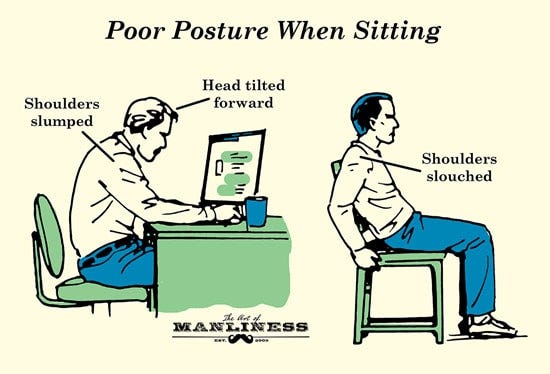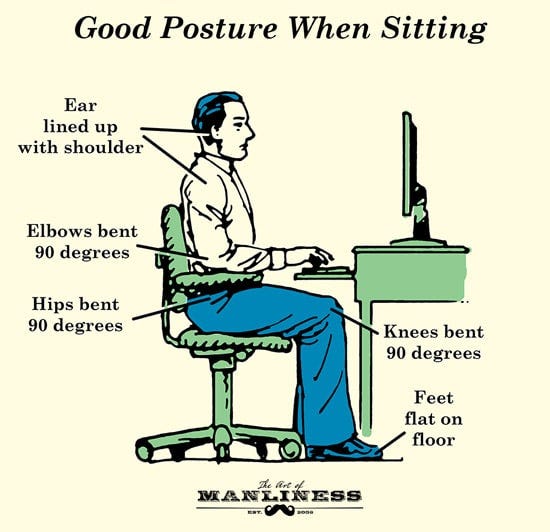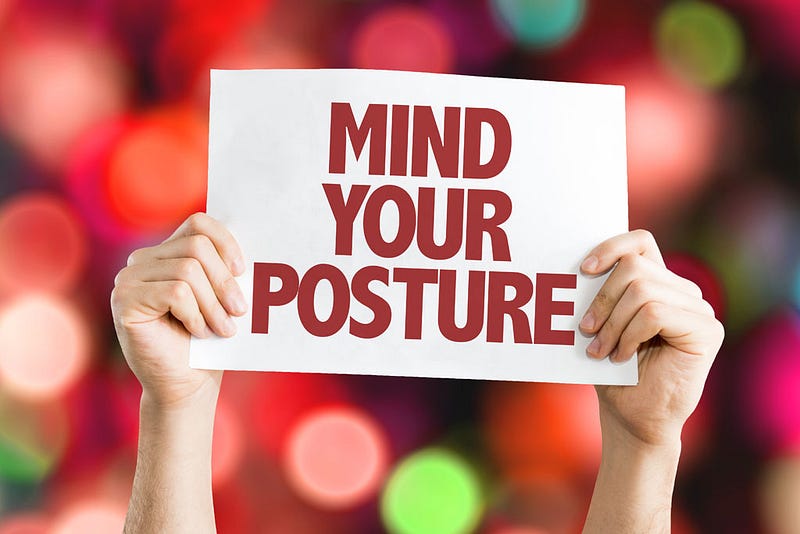Neck Pain In Office Workers; Causes and Physiotherapy Treatment
A Comprehensive Approach to Muscular Neck Pain.
The most common mistake by office workers is that they do not take care of their health, especially when they are more vulnerable to developing musculoskeletal and neuromuscular problems. Working in the office for 7–8 hours a day without taking breaks and with a bad posture can lead to many problems. The most common of these problems is neck pain.
Office workers and computer users who spend a lot of time in front of displays often complain of neck pain. At the start, pain is not considerable, and they avoid the symptoms thinking it will get better on its own, but it gets worse over time. Neck muscles in employees are under constant stress, leading to neck pain.

Fortunately, physiotherapy uses a variety of methods and exercises to prevent and treat neck pain.
There are many reasons for neck pain. For example:
1- Poor Posture:
Sitting with hunched back, rounded shoulders and forward neck while focusing on the screens. Posture can be differentiated as a good and a bad posture based on the body positioning while sitting on a chair or standing. Some of the main points to understand this difference are mentioned below.
Good Posture:
1- Relaxed shoulders (pulled back)
2- Open Chest
3- Maintained normal curve of your upper back
4- Feet flat on the floor
Bad Posture:
1- Rounder Shoulders
2- Head leaned forward
3- Poor lumbar curve
4- Bad Hip-knee and knee ankle angle.
5- Feet not resting on the floor


2- Prolonged Sitting:
Sitting for more than 4–6 hours a day working on computers without any breaks.
3- Repetitive Movements and Overuse Injuries:
Typing and using mouse, writing and using mobile can cause strain of the neck muscles and joints leading to overuse injuries of the joints and muscles.
4- Lack of Ergonomic Equipment:
No availability of ergonomic equipment like tables, chairs without lumbar and cervical support and poor placement of the screens will lead to neck and low back pain eventually.
5- Lack of Exercise:
Lack of routine stretching and strengthening exercises will lead to weakness of the muscles leading to musculoskeletal problems.
Physiotherapy Treatment:
— Posture Correction: An improved posture and a physiotherapy advice on ergonomic equipment will reduce muscle strain and ultimately improving the neck pain.
— Stretching and Strengthening Exercises: Training neck muscles with proper stretching and strengthening techniques will improve the neck mobility preventing musculoskeletal pain of the neck.
— Heat and Cold Therapy: Heat and cold therapy (Cryotherapy) will prevent and reduce inflammation and improves muscle recovery time.
— Manual Therapy Techniques: Soft Tissue massage, Joint mobilisations with movements reduces the muscle tension and improves neck mobility.
— Educating the Workers: Educating the workers on how a good posture and an ergonomic setup can prevent musculoskeletal problems. Bad posture can also cause Carpel Tunnel Syndrome, low-back pain, shoulder dysfunction, Hernias, knee problems, pelvic floor dysfunction, poor diaphragm function, hip dysfunction.

Tips to prevent Neck pain:
Neck pain is real and it is a very common complaint in office workers, Computer Users, IT workers and video gamer. But it can be prevented by following simple tips given below:
· Regular breaks after 30–40 minutes to stretch the muscles and improve circulation of the area.
· Maintaining good posture using ergonomic equipment and good positioning of the displays.
· Stretching and strengthening exercises for neck muscles. These can be Resisted range of motion exercises or isometrics of the neck. Stretching exercises at work involves self-stretching
· Participating in sports like, football, cricket, badminton to improve overall mobility of the body and posture.

Conclusion:
Working for long hours in office and home and sitting in front of the computers can not only result in neck pain but also in low back and upper extremities pain. Work related physical and psycho social factors both contribute in musculoskeletal problems. Above mentioned are some of the simple ways that you can adapt to avoid muscle strains and alleviate any pain of musculoskeletal and neuromuscular origin.
I hope this article will be helpful in keeping yourself healthy and pain-free!

References:
· Ariëns GA, van Mechelen W, Bongers PM, Bouter LM, van der Wal G. Physical risk factors for neck pain. Scand J Work Environ Health. 2000;26:7–19
· Aasa U, Barnekow-Bergkvist M, Angquist K, Brulin C. Relationships between work-related factors and disorders in the neck-shoulder and low-back region among female and male ambulance personnel. J Occup Health. 2005;47:481–489. doi: 10.1539/joh.47.481.
· Ariens G, Bongers P, Douwes M, Miedema M, Hoogendoorn W, Wal G, Bouter L, Mechelen W. Are neck flexion, neck rotation and sitting at work risk factors for neck pain? Results of a prospective cohort study. Occup Environ Med. 2001;58:200–207. doi: 10.1136/oem.58.3.200.
Thank you for reading this article and I look forward to your feedback in the comments. If you want me to write about any specific health topic, feel free to ask. You can follow and press the bell icon to get notified whenever I post a new story. Appreciate your time and help!!
👏+ Highlight + Comment = Support/Love ❤️
